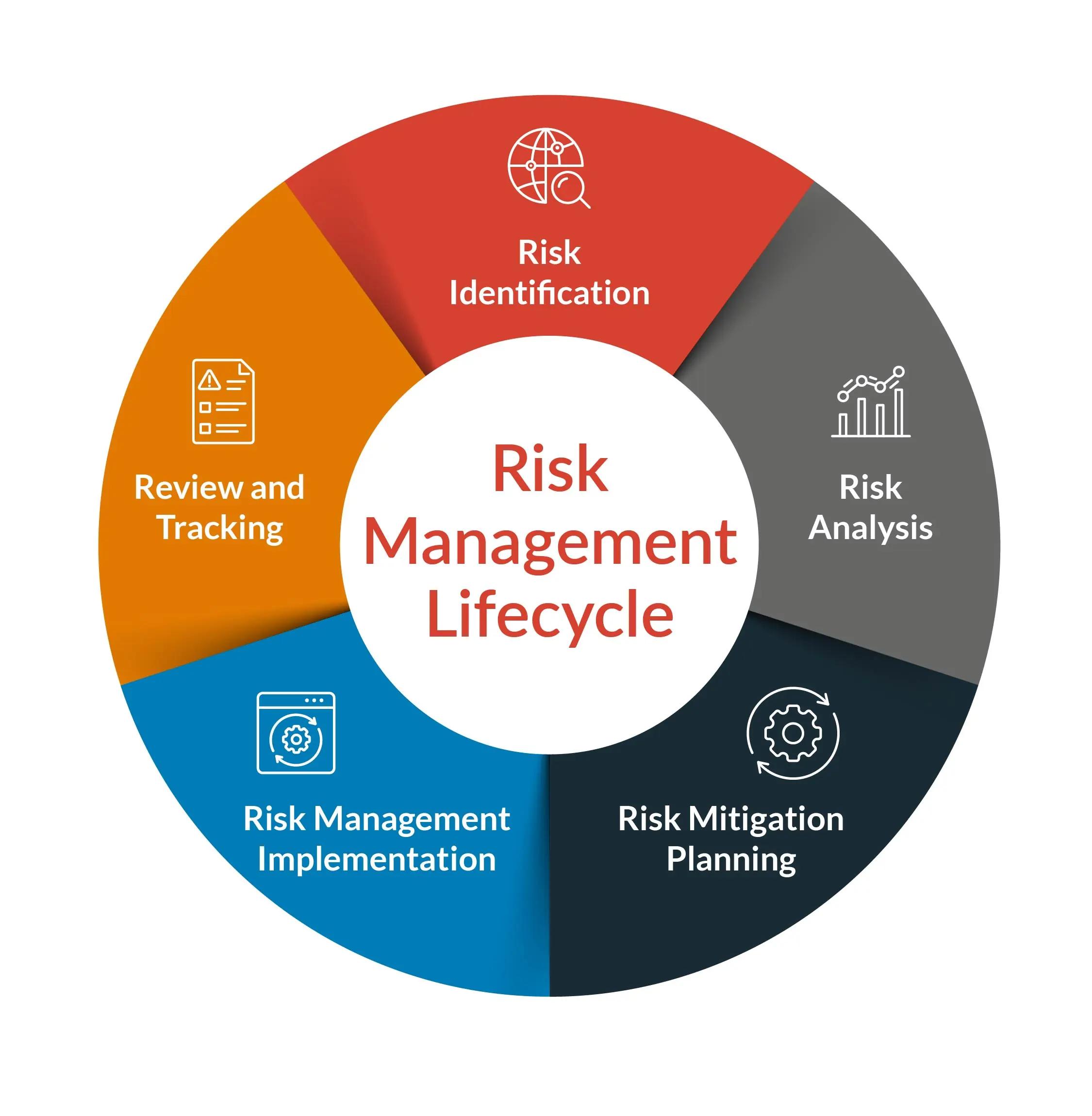In an era defined by rapid technological advancement, shifting consumer behaviors, and unpredictable economic landscapes, North American banks find themselves at a crossroads. The Covid-19 pandemic, along with geopolitical tensions and climate crises, has heightened the complexity of an already intricate financial ecosystem. As institutions strive to maintain stability and foster growth, they must grapple with the uncertainties that threaten their operational frameworks. Navigating this new terrain requires more than just traditional banking acumen; it demands innovative strategies and foresight. This article explores essential approaches that can empower banks to not only weather the storms of unpredictability but also seize opportunities within them. Join us as we delve into a comprehensive guide aimed at equipping financial institutions with the tools to thrive in an uncertain world.
Understanding Market Dynamics and Consumer Behavior
In the ever-evolving landscape of banking, understanding the complex interplay between market forces and consumer preferences is vital for navigating uncertainty. Key factors include economic indicators, regulatory changes, and technological advancements that can significantly influence bank performance. To successfully chart a course through these fluctuations, banks must adopt a proactive stance by leveraging data analytics to comprehend shifts in consumer behavior, which can manifest in areas such as:
- Spending Habits: Tracking changes in consumer spending—whether toward savings, investment, or consumption—enables banks to tailor their products effectively.
- Digital Engagement: The rise of mobile banking has shifted customer expectations, necessitating an emphasis on user-friendly digital experiences.
- Trust and Security: Heightened awareness of data security influences client loyalty and decision-making in choosing banking institutions.
To effectively adapt to these dynamics, banks can implement strategies such as personalized marketing, community engagement, and investment in innovative technologies. A focus on understanding customer segmentation and the emotional drivers behind financial decisions will foster deeper customer connections and improve retention rates. The table below summarizes key consumer behavior trends that financial institutions should monitor:
| Trend | Implication for Banks |
|---|---|
| Shift to Digital Platforms | Investment in tech infrastructure is crucial. |
| Growing Preference for Ethical Banking | Integrate sustainable practices to attract eco-conscious consumers. |
| Increased Financial Literacy | Offer educational resources to empower clients. |

Embracing Technological Innovations for Resilience
In an era marked by rapid disruptions and shifting consumer expectations, North American banks must harness the power of cutting-edge technologies to bolster their resilience. By adopting innovative solutions, financial institutions can not only enhance operational efficiency but also elevate customer experiences. Drawing on advancements in artificial intelligence, blockchain, and data analytics, banks can streamline processes, mitigate risks, and provide personalized services. Key strategies include:
- Investing in AI-driven customer service tools to improve response times and tailor offerings.
- Implementing blockchain for secure transactions, reducing fraud, and enhancing transparency.
- Utilizing predictive analytics to anticipate market changes and customer needs.
Moreover, collaboration with fintech startups can introduce fresh perspectives and agile solutions, enabling banks to swiftly adapt to new challenges. By fostering a culture that embraces innovation and continuous learning, institutions can stay ahead of threats and harness opportunities in an ever-evolving landscape. The following table summarizes innovative technologies shaping the future of banking:
| Technology | Benefits |
|---|---|
| Artificial Intelligence | Enhances customer interactions and streamlines operations. |
| Blockchain | Increases transaction security and reduces fraud incidents. |
| Cloud Computing | Improves scalability and operational flexibility. |
| Data Analytics | Enables informed decision-making and risk assessment. |

Strengthening Risk Management Frameworks
As North American banks navigate an increasingly volatile landscape, the vitality of a robust risk management framework becomes even more pronounced. Such frameworks not only help in identifying and mitigating risks but also foster resilience against unforeseen disruptions. To enhance this adaptability, banks should focus on the following critical components:
- Dynamic Risk Assessment: Continuously evaluating risk factors allows banks to anticipate changes and respond appropriately.
- Integrated Risk Culture: Promoting a culture where all employees recognize and prioritize risk awareness is essential.
- Data-Driven Decision Making: Utilizing advanced analytics and real-time data can enhance the accuracy of risk identification.
- Stakeholder Engagement: Involving stakeholders in the risk management process ensures diverse perspectives are considered.
Furthermore, leveraging technology can significantly bolster these frameworks. By employing innovative tools, such as AI and machine learning, banks can automate processes and improve efficiency in risk assessments. A collaborative approach can also be instrumental. Here’s a concise overview of the collaborative strategies worth adopting:
| Strategy | Benefits |
|---|---|
| Cross-Departmental Teams | Fosters knowledge sharing and unifies risk perspectives. |
| Regular Training Sessions | Empowers staff with the skills to identify and manage risks effectively. |
| Partnerships with Fintechs | Brings innovation and agility to risk management operations. |

Enhancing Collaboration and Communication Strategies
In the contemporary banking landscape, fostering effective communication and collaboration is pivotal for navigating the complexities brought on by economic uncertainty. Banks need to cultivate an environment that encourages open dialog and the sharing of ideas among teams. Implementing regular cross-departmental meetings enables the convergence of diverse perspectives, facilitating innovative solutions to emerging challenges. These interactions can be enhanced through the use of collaborative digital platforms, allowing for real-time feedback and continuous engagement from employees, regardless of their physical location.
Moreover, leveraging technology can streamline communication efforts and enhance productivity. By integrating tools such as instant messaging apps, virtual whiteboards, and shared project management systems, banks can create a cohesive workflow that minimizes silos. Consider the following strategies to strengthen collaboration:
- Encourage participation in collaborative projects that merge various skill sets.
- Utilize visual communication tools to enhance understanding of complex data.
- Establish clear communication protocols to reduce confusion.
| Communication Tools | Key Benefits |
|---|---|
| Slack | Real-time messaging and integrations. |
| Trello | Organized task management with diverse views. |
| Zoom | Seamless video conferencing capabilities. |
The Way Forward
As we draw the curtain on our exploration of “Navigating Uncertainty: Essential Strategies for North American Banks,” it becomes clear that the road ahead, while fraught with challenges, is also paved with opportunity. Banks that adapt to the ever-changing landscape of economic pressures, regulatory shifts, and technological advancements will not only survive but thrive. The strategies outlined serve as a compass, guiding financial institutions through the fog of uncertainty and empowering them to emerge stronger and more resilient.
In a world where predictability often eludes us, the essence of effective banking lies in flexibility, foresight, and a commitment to innovation. By embracing these essential strategies, decision-makers can better equip their organizations to face the complexities of the future. As we continue to navigate these tumultuous waters, the lessons learned and the frameworks established during this pivotal time will undoubtedly shape the next chapter of banking in North America.
Ultimately, the journey toward securing stability in times of unpredictability is ongoing. It is a testament to the adaptability and ingenuity of the banking sector. As we venture forward, may we remain vigilant, proactive, and collaborative, ensuring that our financial institutions not only serve their customers but also contribute to a resilient and prosperous economy. Thank you for joining us on this insightful journey. Here’s to navigating the tides of uncertainty with confidence and clarity.
